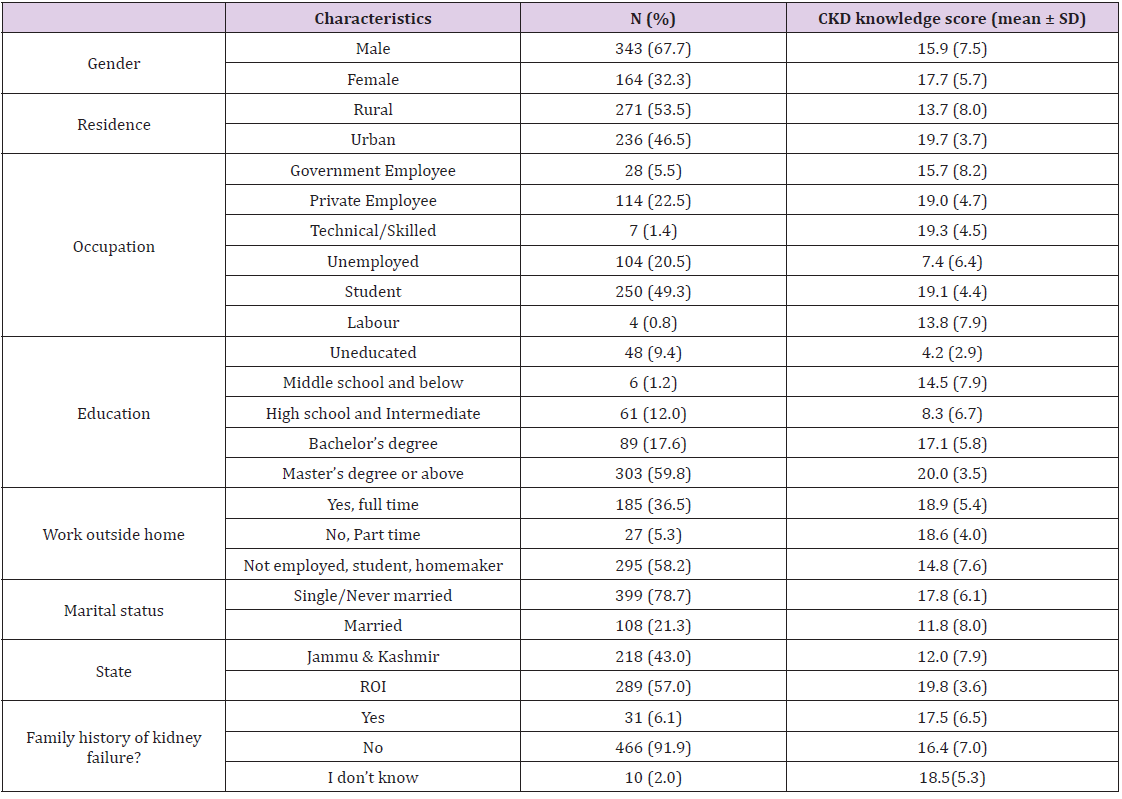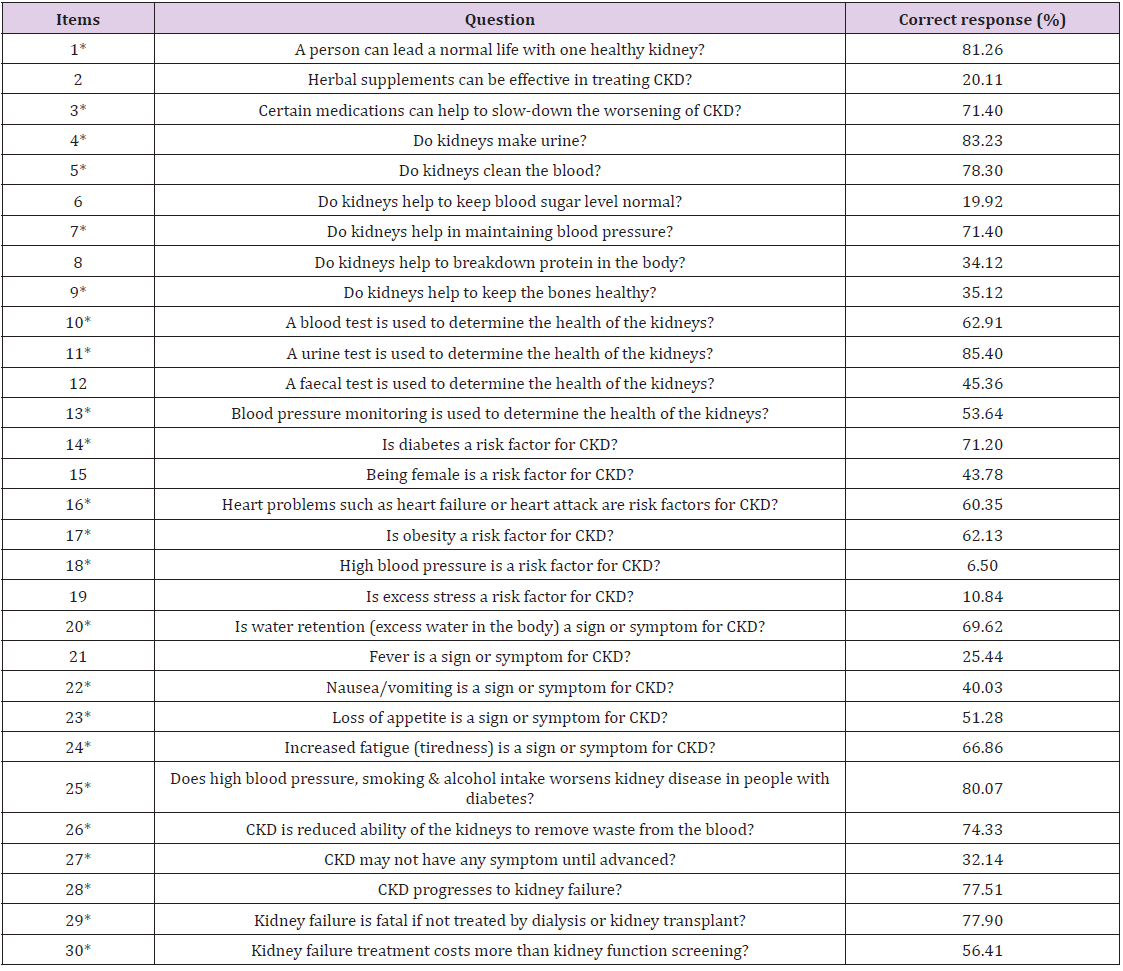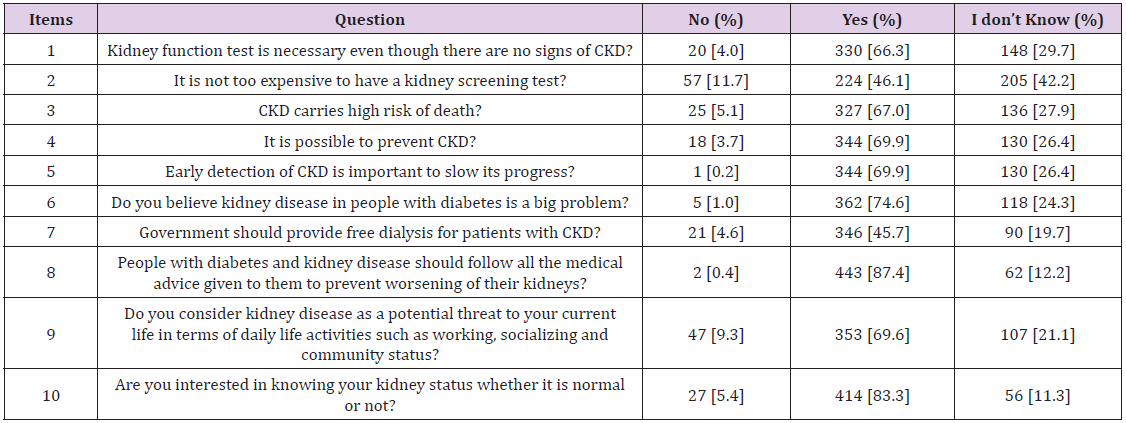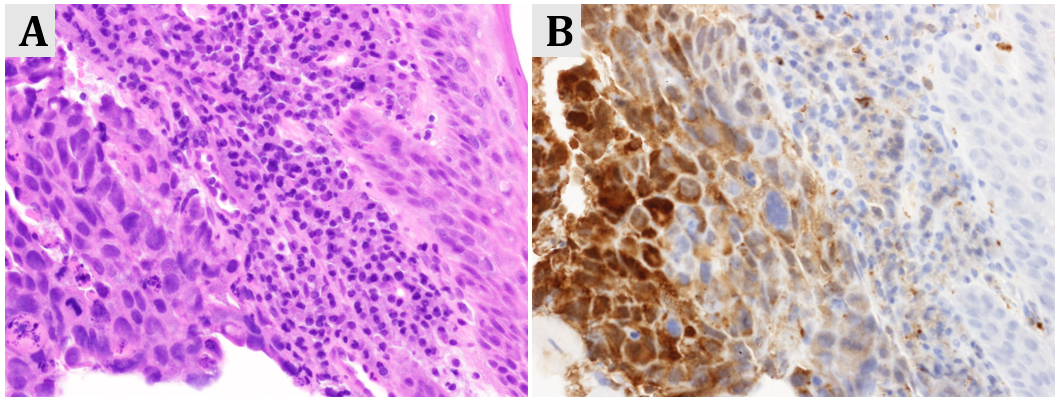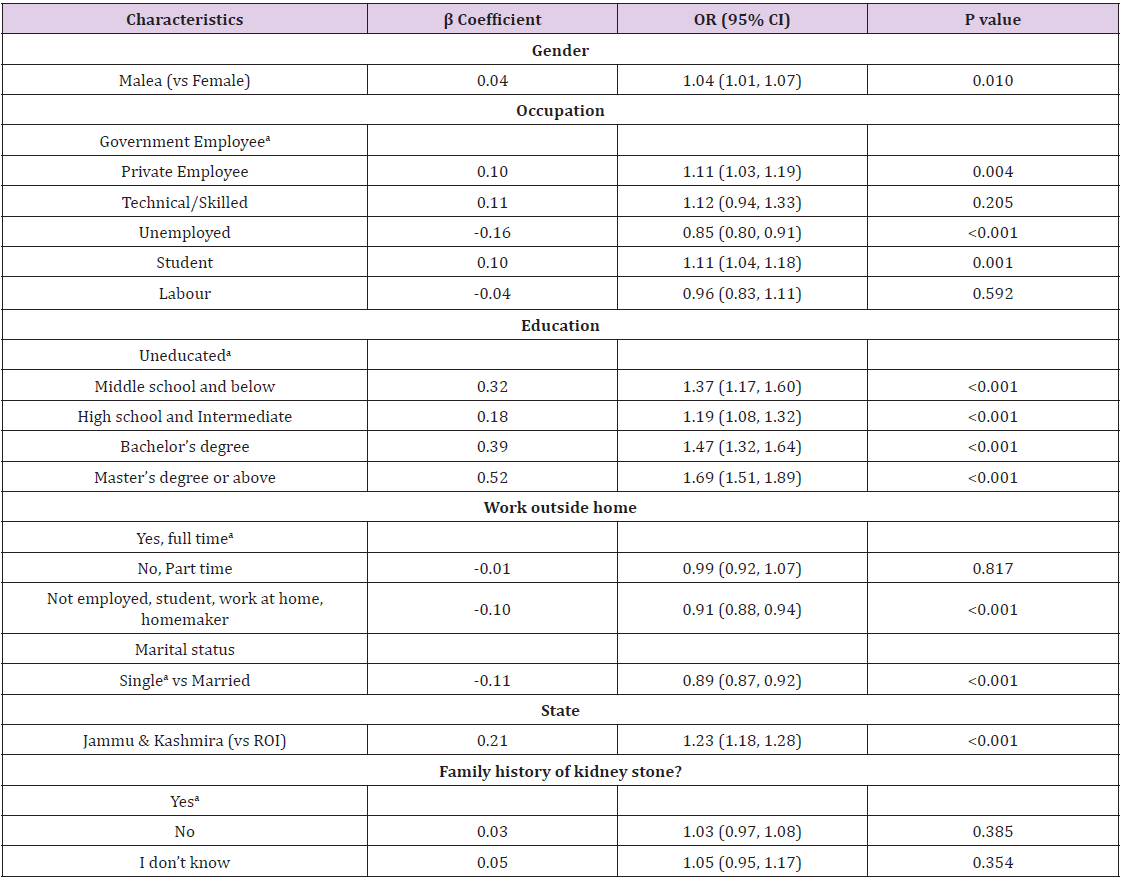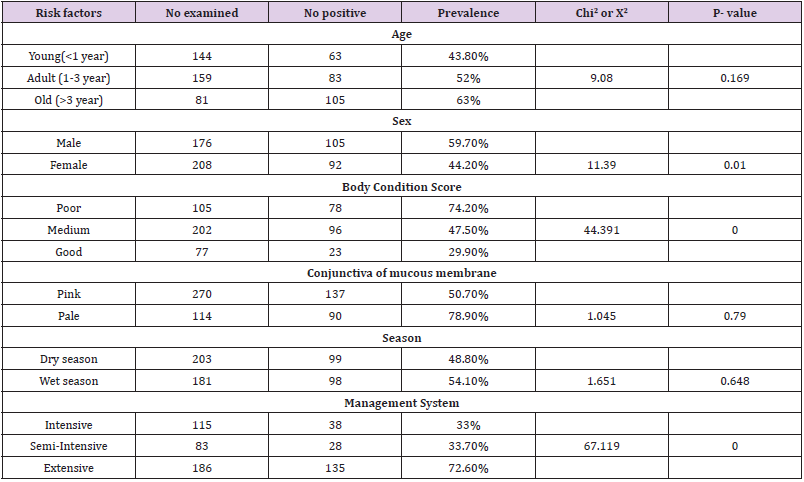Sheep and goats are the most numerous of man’s domesticated livestock and are especially important in more extreme climates of the world. Over two-thirds of the total population of sheep and goats occur in the less developed countries where they often provide major contribution to farming enterprises [1]. In Ethiopia, sheep are the second most important livestock species next to cattle and ranks second in Africa and sixth in the world in sheep population [2]. With its great variation in climate and topography, the country possesses one of the largest livestock populations in the world, which is managed by smallholder farmers under extensive low input traditional management system and adjunct to crop production [3]. Ethiopia’s sheep population estimated that 29.3 million heads is found widely distributed across the diverse agro ecological zones of the country [4]. Approximately 75% of the sheep are kept in small scale mixed farms in the highland regions, while the remaining 25% are found in the lowlands. Sheep are traditionally kept in small holdings and are associated with the small-scale resource poor livestock keepers [5].
In Ethiopia sheep and their products provide direct cash in come through the sale of live sheep and skin. Sheep are living bank for their owners and serve as source of immediate cash need and insurance against crop failure especially where land productivity is low and erratic rainfall, sever erosion, frost and water logging problems. Thus sheep in the small holder farming system provide continuous service to the economic stability and effective operation of the crop production system [6]. Under Ethiopian condition livestock are maintained as a principal activity in pastoral systems of productions, as 50% of house hold revenue comes from livestock or more than 20% of house hold food energy is derived directly from livestock. In recent years’ pastoralists have shown an increasing interest in keeping larger numbers of sheep and goats. Milk and meat are the two outputs. Pastoralists, also depend on their livestock not only for their income but also for their survival. Consequently, risk avoidance is very important to the pastoralist. Livestock management therefore directed towards risk minimization, which tends to reduce productivity [7].
Inspite of the numerical and economic importance of sheep in Ethiopia, productivity is generally low due to inadequate nutrition, poor reproductive performance, diseases and poor management. The recurrent loss in productivity and income is often due to parasitic infections particularly helminthes infections, which are common and considered as one of the major problems in small ruminant productions [8]. Gastrointestinal nematodes cause direct loss through mortality in heavily parasitized animals, especially in young animals as well as cost incurred in treating and controlling nematodes infection. It is well established that parasitized animals perform less efficiently feed conversion adversely affected which reduces carcass quality and quantity and wool growth resulting in further financial penalties [9]. Even though, the estimation of economic loss due to nematodes is limited to lack of accurate estimation of disease prevalence, the rough estimate of annual losses due to Endoparasites in Ethiopia is estimated to be $ 83million.
Such losses in sheep production should definitely be minimized through parasitic control programs [10]. In some parts of Ethiopia, surveys have been made on the prevalence of gastrointestinal nematodes parasites which most of the information obtained is from abattoir survey and animals managed on stations. Owing to the basic limitation in scope and coverage of most of the studies conducted in Ethiopia, sound nematodes control strategy has not yet been established in the country. Therefore, the epidemiology of gastro-intestinal (GIT) parasites in livestock varied depending on the local climatic condition, such as humidity, temperature, rainfall, vegetation and management practices. These factors largely determine the incidence and severity of various parasitic diseases [11]. Therefore, it is important to assess the type and level of parasitism in ruminant livestock, in order to determine the significance of parasite infestations and to recommend the most beneficial and economically acceptable control.
To this effect there is no sufficient information on prevalence rate of gastrointestinal nematodes of sheep in Hawasa town and also gastrointestinal nematodes infection still remains an important disease problem of sheep in this area. Therefore, the objectives of this study were to determine the prevalence rate of sheep GIT nematodes in Hawasa town, to identify the GIT nematode types of egg involved in infection and infestation level of sheep in same town and to identify risk factor associated with the occurrence of GIT nematodes.
Study Area
The study was conducted in Hawasa town from November 2018 to April 2019, which is the capital of SNNPR, located in the Northern part of the Southern Nations, Nationalities and People’s Region (SNNPR), which is located 275 km south of Addis Ababa, the capital city of Ethiopia. Geographically, the area lies between 7°06° North latitude and 38°48° East longitude. Agricultural production system is of mixed crop-livestock production. In rural areas, mainly local breeds are found, grazing on communal land. The area was selected on the basis of livestock production potential and the presence of different livestock species and breeds. The selected area represents typical mixed crop-livestock production system of the Rift Valley area of Ethiopia. Annual average rainfall of Hawasa town is ranging from 800 to 1000mm and with a mean temperature ranging from 20-25°C and situated at an elevation of 1697 meter above sea level [12].
Description of Study Population
The target population for this study was all sheep population in Hawasa town. The study animals include local breeds of sheep including all age groups and both sexes that were selected from the target population.
Study Design
A cross section study design was conducted from November 2018 to April 2019 in Hawasa town to address the main objective of the study.
Sample Size and Sampling Methods
Systematic sampling was followed to select the animals and collect feces from sheep from their rectum at the field. The sample size was decided based on the prevalence of the disease in the sheep of the town using formula described by [13] with 95% confidence interval and at 5% desired absolute precision and by assuming that the expected prevalence of GIT nematodes is 50% since there was no documentation on its prevalence rate yet in the district. The estimated sample size was 384 according to the following formula:
Study Methodology
Cross sectional study method was employed to collect fecal samples directly from the rectum of each sheep and placed in screw capped glass bottles (universal bottle) and prevent the feces from drying out and then brought to Hawassa University Veterinary Parasitology Laboratory for coprological investigation through appropriate labeling of parameters like sex, age, body condition score, conjunctiva of mucous membrane, management system of sampled animal, date, season of sample collection and place of sample collection were simultaneously recorded while fecal sample taking. The collected samples were subjected to qualitative flotation and quantitative McMaster egg counting parasitological techniques using saturated sodium chloride (specific gravity of 1.2) as flotation fluid. The eggs of parasite species were identified using keys given by [14]. Samples that became positive for gastrointestinal nematode were subjected to EPG counting to determine the number of egg per gram of feces (EPG) and performed according to the procedure described [15]. The degree of infection was categorized as light, moderate and severe (massive) according to their egg per gram of faeces (EPG) counts. Egg counts from 50-799, 800-1200 and over 1200 eggs per gram of feces were considered as light, moderate and (severe) massive infection, respectively [16].
Data Management and Analysis
Data collected from each study animals and study areas were entered into Microsoft Excels spread sheet and then analyzed with STATA-11 statistical software. Chi-square test was used to compare association between independent variables (sex, age, body condition scores, management system, season of sample collection) with the result. Statistically significant association between variable was considered to be exist if the computed P-value is less than 0.05.
Overall Prevalence of Gastrointestinal Nematodes of Sheep
Of the total 384 sheep examined, 197 (51.3%) were found infected with different types of gastro-intestinal nematodes. Of the total positive cases, 139 (36.2%) were infected with strongyles, 10 (2.6%) were infected with Strongyloides species. and 48 (12.5%), were infected with strongyles and strongyloides species (Table 1).
Prevalence of the GIT Nematodes Species by Different Age Groups
Of the total 384 of sheep examined coprologically for gastrointestinal nematode eggs, 197(51.3%) were found positive. The prevalence was 63 (43.8%) in young, 83 (52%) in adult and 105(63%) in old. There was no significant difference (P>0.05) in prevalence of gastrointestinal nematode between the different ages (Table 2).
Prevalence of GIT Nematodes Species by Sex Groups
Of the total 384 of sheep examined coprologically for gastrointestinal nematode eggs, 197 (51.3%) were found positive. The prevalence was 105(59.7%) in male and 92(44.2%) in female. There was significant difference (P < 0.05) in prevalence of gastrointestinal nematode between the two sexes (Table 2).
Prevalence of the GIT Nematodes Species by Different Body Condition Score
Of the total 384 sheep examined, 105, 202 and 77 were categorized as having poor, medium and good body condition scores, respectively. Infection prevalence was significantly higher in animal with poor body condition when compared to that of medium and good body condition scores (P<0.05). The overall infection prevalence according to body condition grades, 74.2%, 47.5% and 29.9% with poor, medium and good, respectively (Table 2).
Prevalence of GIT Nematodes by Management System
Based on the types of management system; prevalence was 38 (33%) from intensive, 28 (33.7%) semi intensive and 135 (72.6%) from extensive animals. The difference in isolation rate of different nematodes eggs based on management system was statistically significant (P<0.05) (Table 2).
Prevalence of GIT Nematodes Based on Conjunctival Mucous Membrane
Based on Conjunctiva of mucous membrane of animals; prevalence was isolated 137(50.7%) pink and 90(78.9%) for pale. The difference in isolation rate of different nematodes eggs based on Conjunctiva of mucous membrane was not statistically significant (P>0.05) (Table 2).
Prevalence of GIT Nematodes Based on Season
Based on season of sample collection; prevalence was isolated 99(48.8%) rate from dry season and 90(54.1%) wet season. The difference in isolation rate of different nematodes eggs based on season of sample collection was not statistically significant (P>0.05) (Table 2).
The results of quantitative faecal examination using the modified Mc Master technique for GIT nematodes of 197 infected sheep were 73 (37.1%), 57 (28.9%) and 67 (34 %) for light, moderate and heavy infection, respectively. Most of the infected sheep had a faecal egg count in a range of 50 to 800 EPG and more (Table 3).
The gastrointestinal nematodes of sheep are one of the important parasitic diseases that obviously result in reduced productivity of sheep raised by smallholders using traditional husbandry management system in and around Hawasssa. The coprological examination done for this study using direct faecal floatation method revealed an overall gastrointestinal infection prevalence of GIT nematodes of sheep in Hawassa district was 51.3%. This result was lower than that found in Asella 68.1% [17] and in Meskan district, Gurage zone 76.3% [18]. These relative differences in prevalence of nematode parasites may arise due to existence of different climatic or environmental factors that could support survival and development of infective larval stage of most nematodes [19]. The present study shows 36.2% strongyles, 2.6% for strongyloides and 12.5% for both strongyles and strongyloides species. This finding was more or less agrees with the report of previous study conducted in Dembia district, Northwest part of Ethiopia 41.9% strongyle species [20]. However, this finding disagrees with previous studies Bedelle 66.6% strongyles type and 3.3% Trichuris species [21], 70.2% strongyles type and 4.5% Trichuris species in Western Oromia [22] and also this report was much lower than 97.03% strongyles type, 45.22% strongyloides and 30.25% Trichuris species in eastern part of Ethiopia [23]. The current study has shown the presence of mixed infection characterized by the presence of two or more nematodes genera in sheep and this is in agreement with the findings of other researchers in some parts of the country [19,22-26].
This study showed that strongyles having direct life cycle were the most prominent among those that were higher prevalence in gastrointestinal nematode parasites of animals. In this study, a significant difference was observed in nematodes infection in relation to body condition where a higher prevalence of nematodes was recorded in poor body condition animals when compared to other groups. This agrees with [27] this poor body condition might be due the current parasitic infection which lead to poor immunological response to infective stage of the parasites. Difference in body condition score was statistically significant (P< 0.05) with gastrointestinal nematode infection such that shedding of nematodes eggs increased with poor body condition (74.2%) than in good body condition (29.9%). This finding agrees with [28] who suggest that well-fed animals develop good immunity that suppresses the fecundity of the parasites. In the present study, when infection rate on age was subjected to analysis, animals with old age seems to have slightly higher prevalence of nematodes, which could be related to their higher susceptibility to infection than young age animals but it was not statistically significant (p>0.05).
This can be attributed to the failure of acquired immunity in old age animals. A similar finding of higher intensity of infection in older sheep has also been reported from a study in semi-arid parts of Kenya [29]. On the contrary, [30] have documented that adult and old animals develop acquired immunity against helminth infections as they get mature due to repeated exposure. The overall prevalence of nematodes was higher in males than females in sheep and it was statistically significant (p>0.05). This might be due to male sheep move a long distance to search female for mating or searching feeds which expose them to larval infected area and contact feaces. It is assumed that sex is a determinant factor influencing prevalence of parasitism [31]. However, In this present study did not agrees with previous report prevalence of nematode was higher in females than in males because females are more prone to parasitism during pregnancy and per-parturient period due to stress and decreased immune status [15].
The overall prevalence of nematodes in different season was 98 (54.1%) from 181 sample in wet season and 99 (48.8%) from 203 sample in dry season. In this present study agrees with previous reports the high prevalence of parasites in wet season around the world [32-35]. The wet season was made the environmental conditions more favorable for the development and survival of parasitic stages and led to increased availability of infective larvae in the rainy and post rainy season. It is well documented that gastrointestinal parasitism in grazing animals is directly related to the availability of larvae on pasture and seasonal pasture contamination [36]. The overall prevalence of nematodes in different grazing system was higher in extensive (72.6%) than in intensive (33%) management system. It was significant for prevalence (p<0.05) of gastrointestinal nematode infections. The higher prevalence nematode parasites found in extensive management system could indicate that animals have frequent exposure to communal grazing pasture that has been contaminated by feaces infected animals.
In this study disagrees with report with [37] in open grazing system; the low prevalence observed could indicate that animals freely grazed in the extensive grazing field had less exposure to infective larvae on the pasture. From studied animals 37.1% lightly, 28.9% moderately and 34% were severely infected. The present finding showed heavily infected sheep during the rainy season and in most traditional system, where animals are kept extensively, fecal contaminations and infective stages are spread over a large area and heavy infections occurred. This study agrees with the idea reported by [38].
In general, high prevalence of strongyles and stronyloides species of nematodes parasites were found in the study area. Those high gastrointestinal nematodes parasite indicates to be important health problem of sheep. Strongyles and stronyloides species combining with the prominent risk factors like management system, season, sex and body condition leads to major problems that hampered efficient utilization of the available sheep resources, manifested by reduced rate of reproduction as well as severe economic impact due to slower growth rate or death of infected individuals.
Based on the above conclusive remarks, the following recommendations are forwarded:
a) Strategic anthelminthic deworming should be given at the beginning of wet season and at the end of dry season.
b) Adoption of intensive management system should be introduced in order to avoiding communal grazing.
c) Definitive diagnosis should be conducted by clearly isolating and identifying parasitic infection through coprological examination in the study area.
d) Further study should be carried out on the efficacy and the anthelminthic resistance.
For more Articles on: https://biomedres01.blogspot.com/
